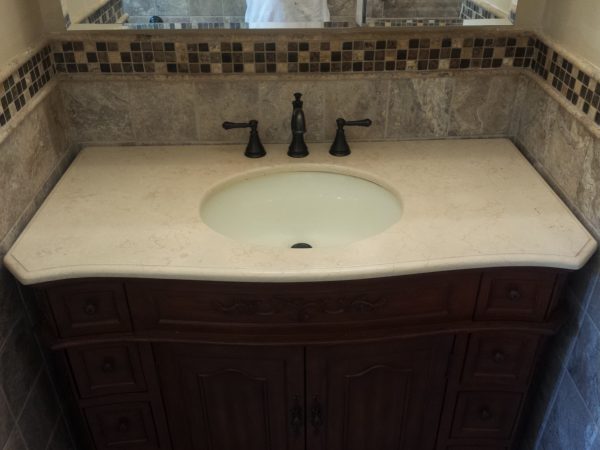
For some time now, top mount (or overmount) sinks have been a staple in any bathroom or kitchen since they’re easy to install and relatively affordable. Plus, since they’re not limited by any surrounding structures (i.e. preexisting cabinetry) they can come in any size. However, with the current trend towards natural stone countertops, undermount sinks have slowly become a popular form of installation. They’re modern, sleek, chic, and help to enhance the appearance of other high-end materials. However, though they look cool, they also come with a few dilemmas you may want to consider before buying.
What is an Undermount Sink?
Unlike overmount fixtures, these products are installed below the bathroom vanity or underneath the kitchen cabinetry. A top mount is put in from above, its weight held by the surrounding countertop surface. It’s then sealed but is ultimately suspended by the overhanging lips. An undermount sink, on the other hand, is pressed up against the bottom of the countertops so it lays flush with the surface. In a way, its edges become virtually invisible. However, since it’s fighting gravity, it also needs to be solidly glued, caulked, and sealed in place in order for its weight to be held.
What’s the Point?
Mostly, the purpose behind undermount kitchen sinks is their appearance. Oftentimes, they’re installed in natural stone countertops, such as granite, in order to show off the entire investment. Overmount sinks cover up part of the counter and hide the polished edge of the stone. But since undermount sinks are flush with the bottom of the counter, passersby can witness the honed and decorative edge of the counters around the sides of the sink. Plus, since the top isn’t made from one solid piece, the faucets and handles are sunk from below as well, popping out of openings in the countertop so as to not only spotlight the fixtures but once again, highlight the edge of the stone.
Ready to start your undermount sink?
Find ProsIs there a Functional Purpose?
Since there is no overhanging lip on undermount kitchen sinks, they become much easier to clean. There is nothing to negotiate around and no place for stray soap scum or water to hide. Also, since they’re flush with the counter, they have a practical application: when wiping off the surrounding surfaces you can simply slide the crumbs, water, and other remains into the sink without any obstruction. No longer will debris get stuck or go astray underneath the overhanging lip. And you won’t have to worry about water spills collecting around and seeping underneath the sealed edge of an overmount installation.
What’s the Problem Then?
First off, they’re a bit more expensive (usually a few hundred dollars extra), and they will always require expert installation. In fact, since the only thing that separates these units from top mount products is the actual installation, it becomes an important factor in its function and application. For instance, though you won’t have to worry about water collecting on the counter surface, you will have to avoid overfilling your sink: if water goes up over the seam too often or for too long it may loosen the seal and cause leaks or other problems. Also, undermount kitchen sinks are made of quality material, which means they’re pretty heavy as well. So they must not only be sealed with the right kind of water-resistant caulk but also held in place by appropriately placed spreaders. Therefore, though they’re a great investment and they can certainly add some style to your remodel, in order to avoid future mishaps, make sure you get them put in by a professional.
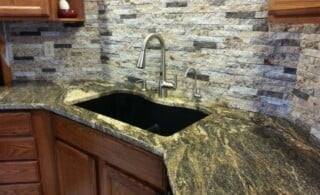 Corner Bathroom and Kitchen Sinks
Corner Bathroom and Kitchen Sinks 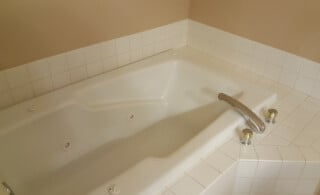 How to Find & Repair a Bathtub Leak
How to Find & Repair a Bathtub Leak 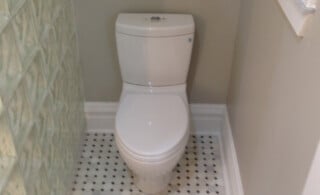 Dual Flush Toilets
Dual Flush Toilets 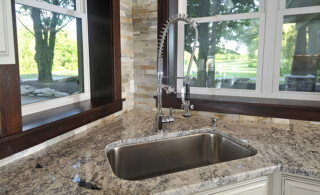 HomeAdvisor: Sink Installations Surge in 2016
HomeAdvisor: Sink Installations Surge in 2016 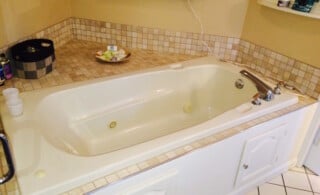 What to do with an Old Bathtub
What to do with an Old Bathtub 

Are You Familiar With This Topic? Share Your Experience.